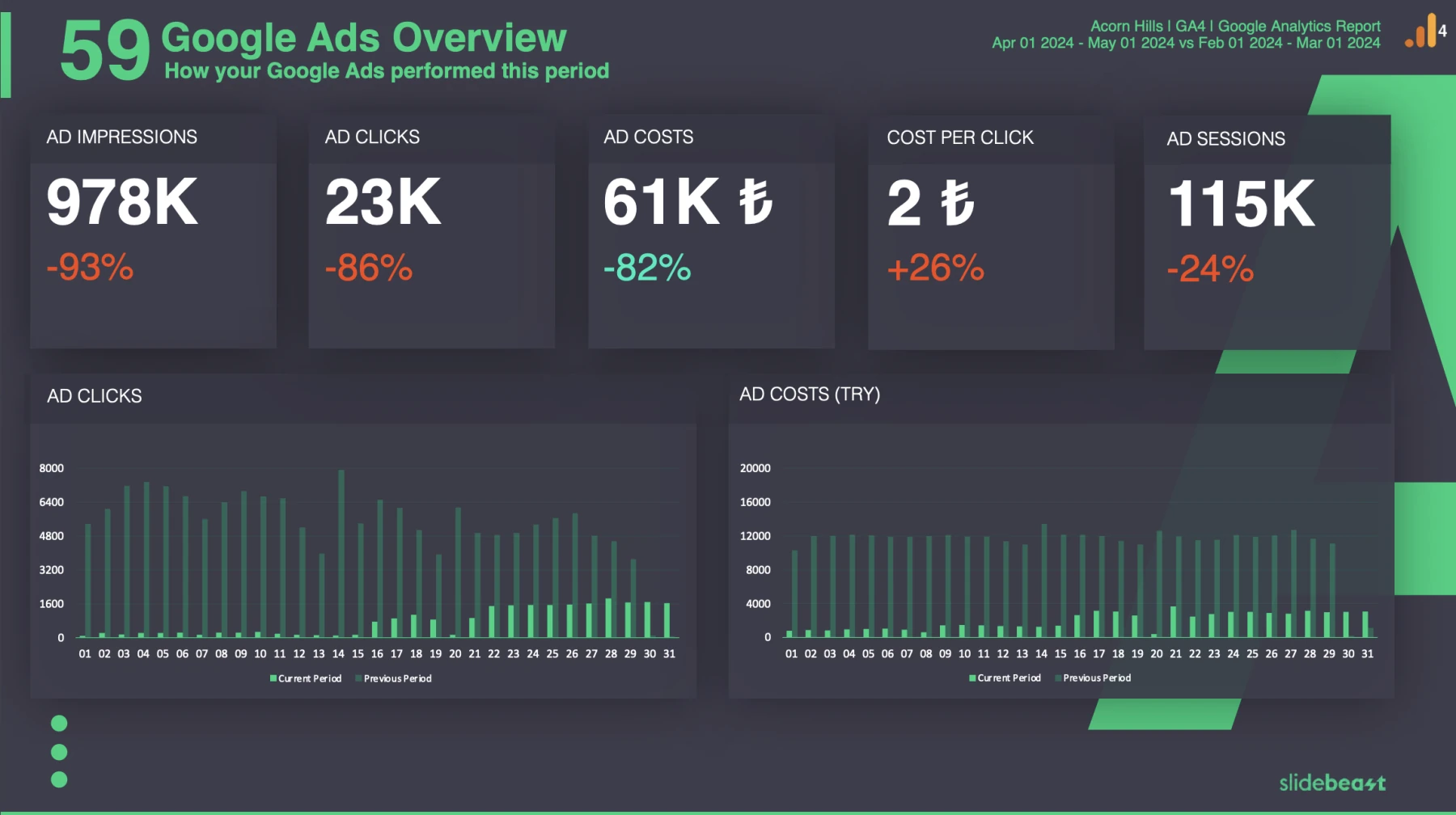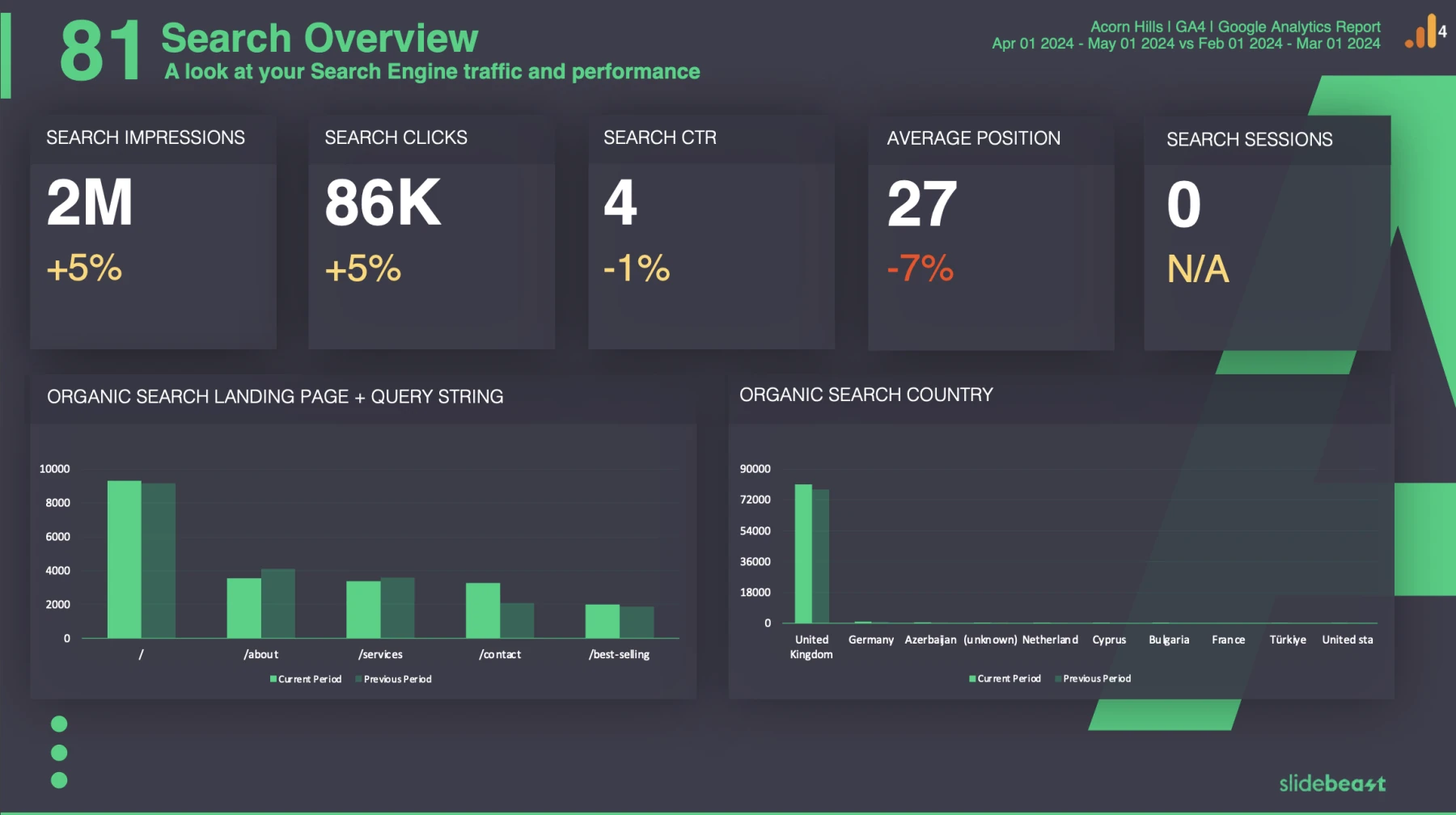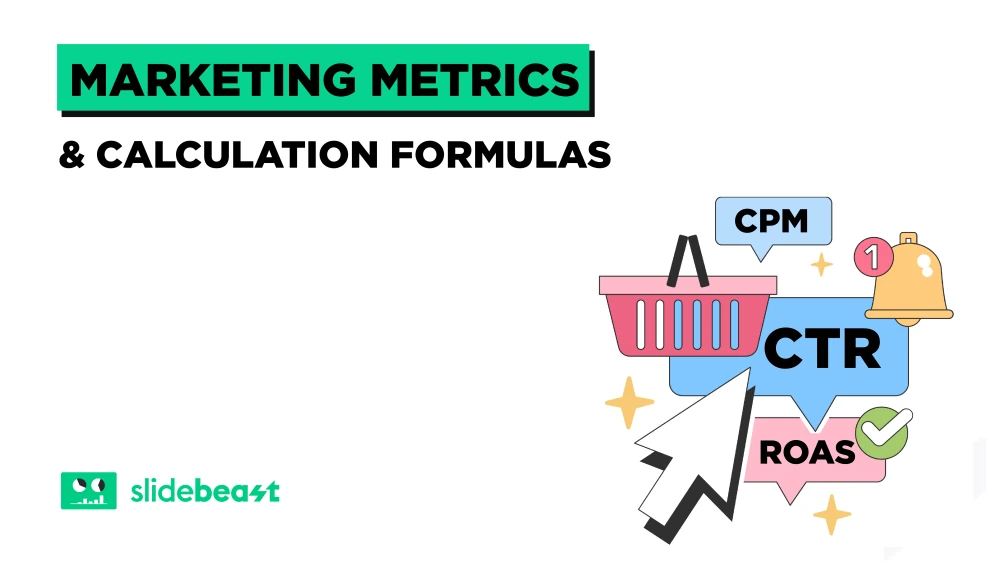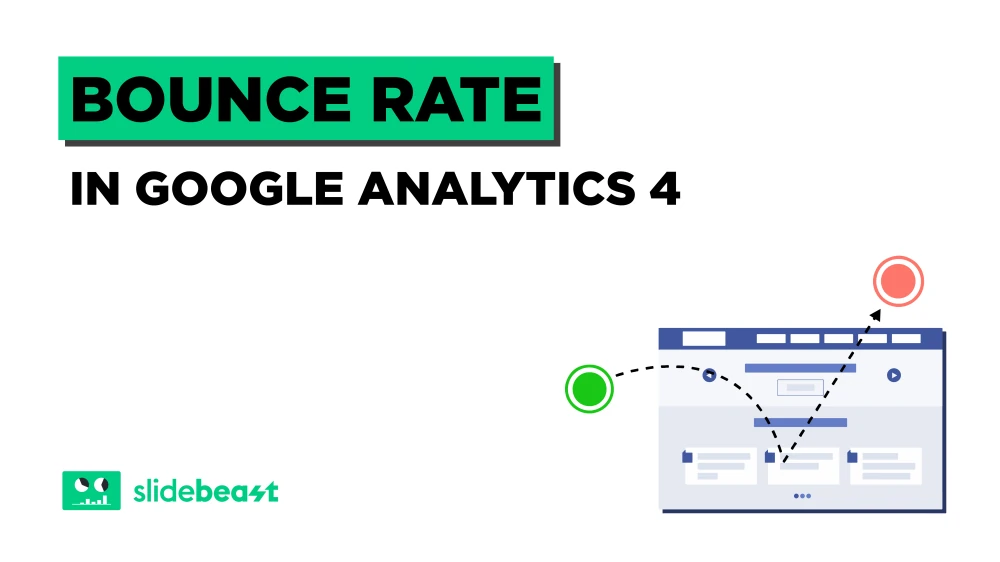Digital marketing is a game of numbers. To truly succeed, it's important to understand the key metrics that drive your campaigns and how to calculate them. Whether you're trying to optimize ad spend, increase conversion rates, or retain customers, these formulas will help you stay on top of your game.

Here are the most popular digital marketing formulas that every marketer should know:
1. Cost Per Thousand (CPM)
CPM, or Cost Per Thousand, is a measure of how much you’re spending to get your ad seen by 1,000 people. It’s a go-to metric in display advertising.
Formula: Total Cost ÷ Total Impressions × 1,000
2. Return on Ad Spend (ROAS)
ROAS tells you how much revenue you’re making for every dollar you spend on ads. It’s a critical metric for understanding the effectiveness of your ad campaigns.
Formula: Revenue from Ads ÷ Cost of Ads
3. Return on Investment (ROI)
ROI is all about measuring the profitability of your marketing efforts. By comparing your net profit to the cost of your investment, you can see how well your strategies are paying off.
Formula: (Net Profit ÷ Investment Cost) × 100
4. Conversion Rate (CR)
Your Conversion Rate shows the percentage of visitors who take a desired action, like making a purchase or signing up for a newsletter. It’s a key indicator of how persuasive your website or landing page is.
Formula: Conversions ÷ Total Visitors × 100
5. Click Through Rate (CTR)
CTR measures how often people click on your ad after seeing it. If you’re running online ads, this metric helps you gauge how compelling your ads are.
Formula: Clicks ÷ Impressions × 100
6. Customer Lifetime Value (CLV)
CLV gives you an estimate of how much revenue a customer will bring in over the course of their relationship with your business. It’s vital for understanding the long-term value of your customer base.
Formula: Average Purchase Value × Average Purchase Frequency × Customer Lifespan
7. Customer Lifetime Value to Customer Acquisition Cost (LTV)
This ratio compares the lifetime value of a customer to the cost of acquiring them. It’s a great way to assess whether your customer acquisition strategies are sustainable.
Formula: Customer Lifetime Value (CLV) ÷ Customer Acquisition Cost (CAC)
8. Customer Retention Rate (CRR)
CRR is the percentage of customers who keep coming back over a given period. It’s a crucial metric for evaluating the success of your retention efforts.
Formula: (Number of Customers at End of Period - Number of New Customers Acquired During Period) ÷ Number of Customers at Start of Period × 100
9. Video Completion Rate (VCR)
VCR tracks the percentage of viewers who watch your video all the way through. It’s especially important for video marketing campaigns where engagement is key.
Formula: Completed Views ÷ Total Views × 100
10. Cost-per-Click (CPC)
CPC is the price you pay each time someone clicks on your ad. It’s a foundational metric for paid search advertising, helping you manage your ad budget effectively.
Formula: Total Ad Spend ÷ Total Clicks
11. Cost-per-Action (CPA)
CPA measures how much it costs you to get someone to take a specific action, like signing up for a trial or making a purchase. It’s essential for understanding the cost-effectiveness of your campaigns.
Formula: Total Ad Spend ÷ Total Conversions

Understanding these formulas isn’t just about crunching numbers—it’s about making smarter marketing decisions that can lead to better results. Whether you’re focusing on driving conversions, managing ad costs, or improving customer retention, these metrics offer valuable insights.

To make managing these metrics easier, give Slidebeast a try. With Slidebeast, you can automate your marketing reports, pulling in these key metrics and more, to create polished, presentation-ready reports in just a few clicks.
Start your free trial today and see how effortless your reporting can be! ⚡







